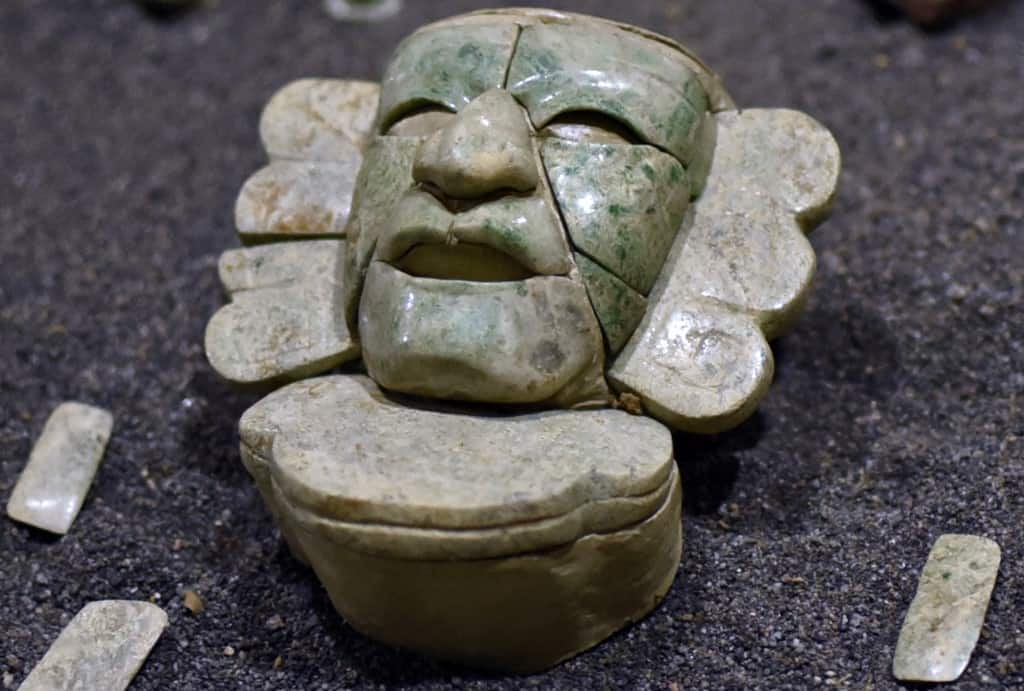Tak’alik Ab’aj, a 1,700-year-old Guatemalan archaeological site associated with the rise of early Mayan civilization, was added Monday to UNESCO’s world heritage list.
Tak’alik Ab’aj was a cosmopolitan commercial hub inhabited first by an ancient group known as the Olmecs and later by the Maya.
The groups coexisted for a period but the nomadic Olmecs disappeared as the Maya rose to become the dominant civilization in parts of what are now Guatemala, southern Mexico, El Salvador, Honduras and Belize, according to historians.
The history of Tak’alik Ab’aj “spans a period that saw the transition from the Olmec civilization to the emergence of Early Mayan culture,” said a UNESCO statement following a decision at the 45th session of its World Heritage Committee in Saudi Arabia.
“Tak’alik Ab’aj had a primary role in this transition, in part because it was vital to the long-distance trade route that connected the Isthmus of Tehuantepec in today’s Mexico to present-day El Salvador. Ideas and customs were shared extensively along this route,” it added.
The site in modern-day El Asintal, some 200 kilometers (124 miles) west of Guatemala City, boasts buildings, sculptures, ceremonial squares and items that display the writing of both civilizations. Guatemalan Culture Minister Felipe Aguilar said the site was considered the birthplace of the Mayan culture.
“That is what makes it unique.” The city’s original name is unknown, but it got its current moniker — meaning “Standing Stone” in Mayan — in 1965.
“It’s like a laboratory where you see changes that happened little by little,” said archaeologist Christa Schieber.
According to UNESCO, sacred spaces and buildings at the site were laid out “according to cosmological principles” and “innovative water management systems, ceramics, and… art can be found” there.
To this day, different Indigenous groups consider it a sacred place and visit Tak’alik Ab’aj to perform rituals, according to UNESCO. After the city was abandoned around 900 AD, it was rediscovered in 1888.
In Guatemala, the colonial city of Antigua and the Mayan ruins of Tikal and Quirigua are also World Heritage Sites.






